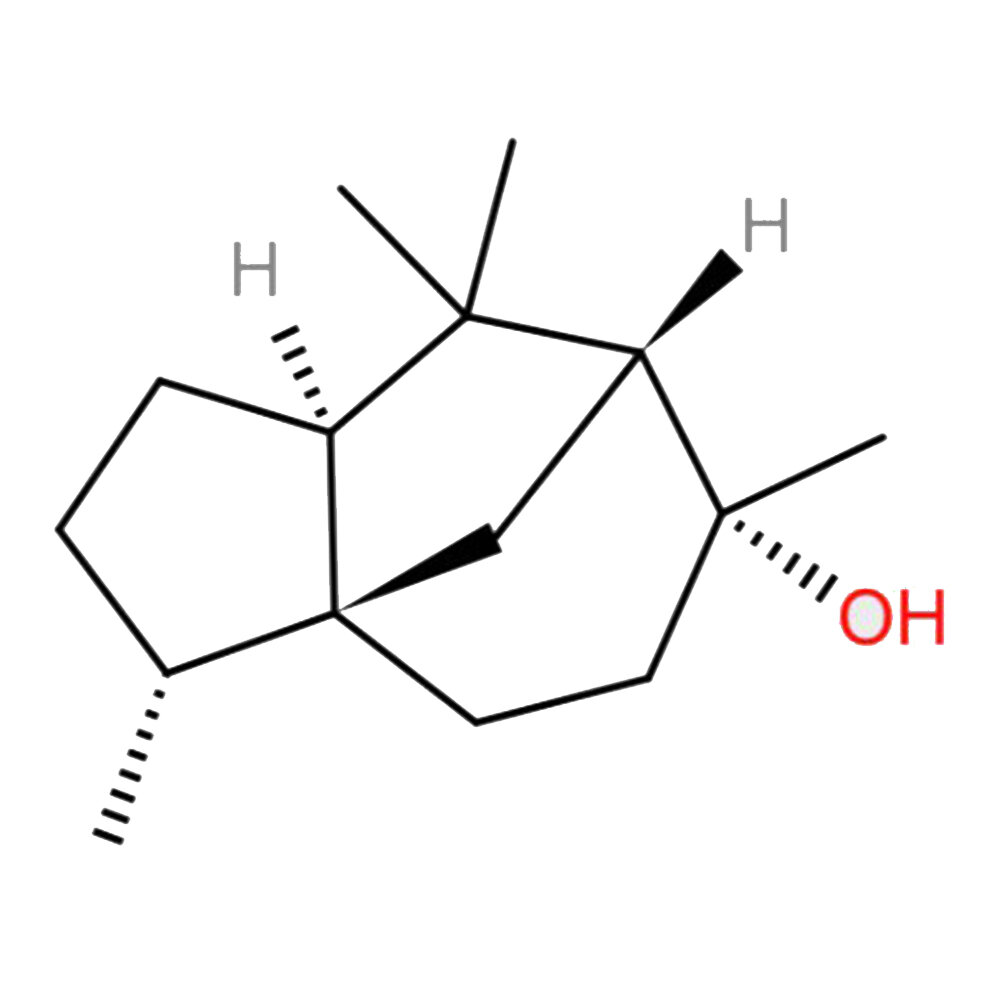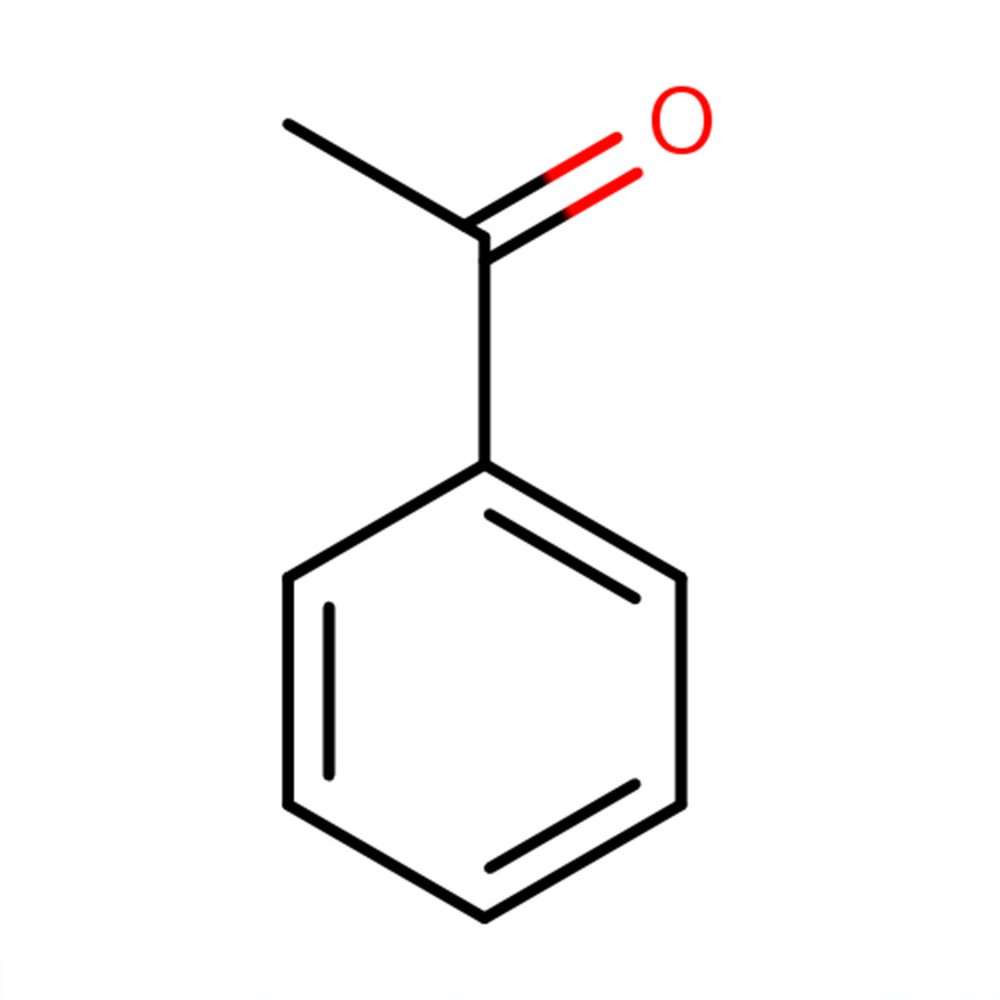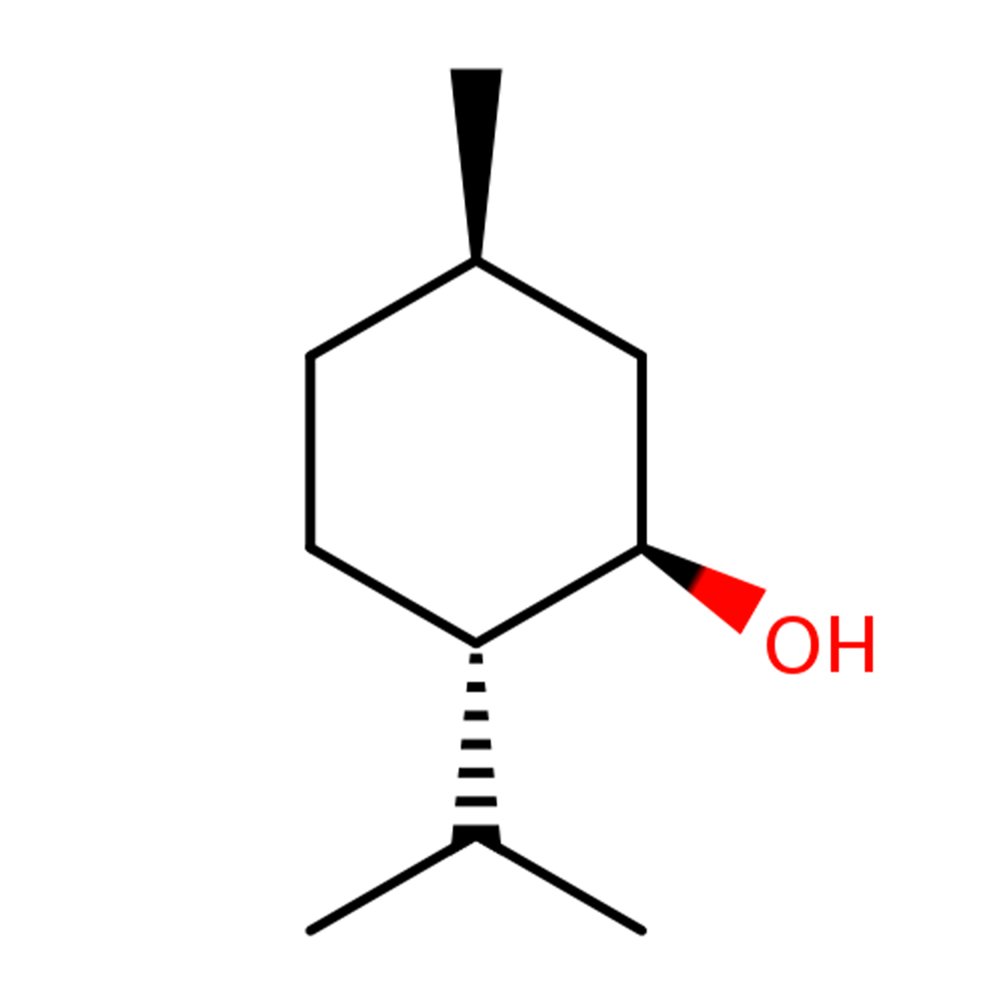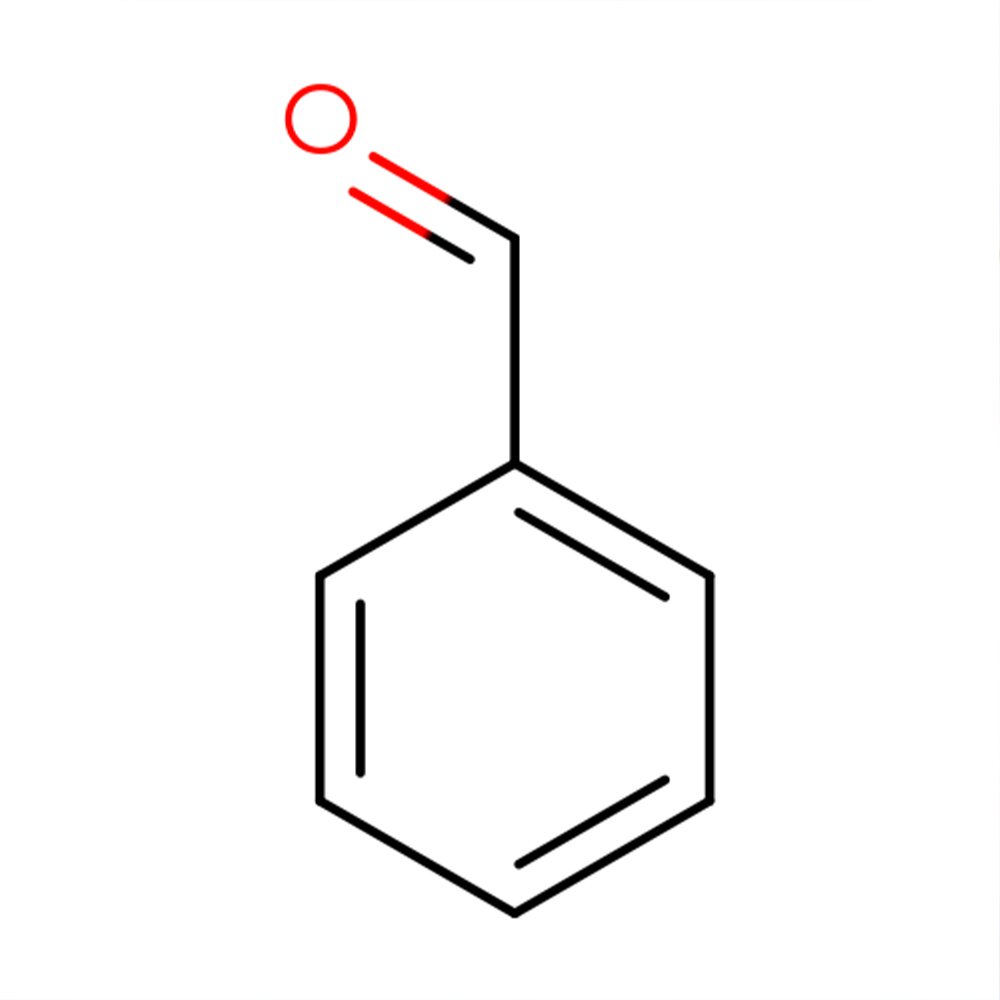 Image 1 of 2
Image 1 of 2

 Image 2 of 2
Image 2 of 2



Cedrol Crystals
Premium Natural Ingredient for Perfumery
Cedrol Crystals are a naturally derived sesquiterpene alcohol extracted from the essential oil of conifers, particularly from Juniperus virginiana (Virginia Cedarwood) and Cupressus species. Appearing as solid white crystals or crystalline powders, Cedrol Crystals possess a low-impact yet highly tenacious odor profile. Their woody, dry, and subtly leathery facets make them ideal for use as fixatives in soaps, household, and industrial perfumery applications, particularly where long-lasting cedar nuances are desired.
Premium Natural Ingredient for Perfumery
Cedrol Crystals are a naturally derived sesquiterpene alcohol extracted from the essential oil of conifers, particularly from Juniperus virginiana (Virginia Cedarwood) and Cupressus species. Appearing as solid white crystals or crystalline powders, Cedrol Crystals possess a low-impact yet highly tenacious odor profile. Their woody, dry, and subtly leathery facets make them ideal for use as fixatives in soaps, household, and industrial perfumery applications, particularly where long-lasting cedar nuances are desired.
Premium Natural Ingredient for Perfumery
Cedrol Crystals are a naturally derived sesquiterpene alcohol extracted from the essential oil of conifers, particularly from Juniperus virginiana (Virginia Cedarwood) and Cupressus species. Appearing as solid white crystals or crystalline powders, Cedrol Crystals possess a low-impact yet highly tenacious odor profile. Their woody, dry, and subtly leathery facets make them ideal for use as fixatives in soaps, household, and industrial perfumery applications, particularly where long-lasting cedar nuances are desired.
Natural Ingredient Overview
🏭 Manufacturer: IFF
🔎 Botanical Source: Juniperus virginiana, Cupressus sempervirens
🧬 Chemical Class: Sesquiterpene alcohol
🧪 IUPAC Name: (3R,3aS,6R,7R,8aS)-3,6,8,8-Tetramethyl-1,2,3,4,5,6,7,8-octahydro-1,3a,7-methanoazulen-6-ol
📂 CAS N°: 77-53-2
⚖️ MW: 222.37 g/mol
📝 Odor Type: Woody
📈 Odor Strength: Low
👃🏼 Odor Profile: Subtle but persistent dry woody, cedarwood, earthy, with faint leathery-forest undertones
⚗️ Uses: Long-lasting woody fixative; used in soap, detergent, and industrial fragrances
🧴 Appearance: White crystalline solid
What is Cedrol Crystals?
Cedrol is a naturally occurring tricyclic sesquiterpene alcohol found primarily in the essential oil of conifers such as Juniperus virginiana and Cupressus sempervirens. Though a minor component in essential oils by concentration, Cedrol is a major contributor to their lasting woody profile. It makes up approximately 15–20% of Virginia and Texas cedarwood oils.
In perfumery, Cedrol Crystals are preferred in purified crystalline form due to their stability, lack of discoloration, and compatibility with soap bases and alkaline media. Their role is primarily functional rather than headspace-dominant—providing fixative behavior rather than a character note.
Olfactory Profile & Perfumery Applications
Cedrol Crystals exhibit very low vapor pressure and are typically perceived as faint in initial intensity, but provide long-lasting drydown with nuances of:
Dry cedarwood
Leathery-earthy forest tones
Mildly balsamic woods
Applications:
Soap perfumes (due to alkaline stability and fixative properties)
Household and detergent compositions
Base modifiers in woody and chypre accords
Cedarwood enhancement in masculine fougères
Floral-woody bases when paired with ionones or musks
While pure Cedrol is nearly odorless to some evaluators, lower-grade Cedrols can present faint balsamic-sweet notes due to oxygenated impurities. The material's true value lies in its ability to extend and fix volatile woody profiles.
Industrial & Technical Uses
Cedrol Crystals are primarily used in fragrance formulations for:
Soaps and detergents (high base stability)
Air care and deodorizing compositions
Wood-based aroma profiles (e.g., cedar cabinets, sauna themes)
Fragrance enhancement in cosmetic bases
Not typically used in flavor or pharmaceutical industries.
Regulatory & Safety Overview
IFRA 51st Amendment: No specific restrictions
FEMA: Not listed as GRAS for flavor use
EU Allergens: Cedrol itself is not a listed declarable allergen
ECHA: Not classified as hazardous
Toxicology: Generally regarded as safe for perfumery use; patch testing of purified Cedrol indicates minimal irritation or sensitization
Store away from iron and light to prevent oxidative discoloration.
Additional Information
Cedrol was first characterized in the early 20th century and has been available commercially in purified crystalline form since the 1930s. Modern Cedrol Crystals are produced through fractional distillation and selective crystallizationfrom steam-distilled Virginia Cedarwood oil. This process yields high-purity Cedrol with exceptional oxidative stability and fixative performance.
Low-grade Cedrols are more viscous, often semi-solid or oily, and may contain impurities that influence color and odor.
Sources
Perfume and Flavor Materials of Natural Origin, S. Arctander (1961)
Dictionary of Terpenoids, Connolly & Hill (1991)
Terpenes: Flavors, Fragrances, Pharmaca, E. Breitmaier (2006)
Fulvio Ciccolo, Scentspiracy Research Notes (2021)
Monographs on Fragrance Raw Materials, D. L. J. Opdyke




